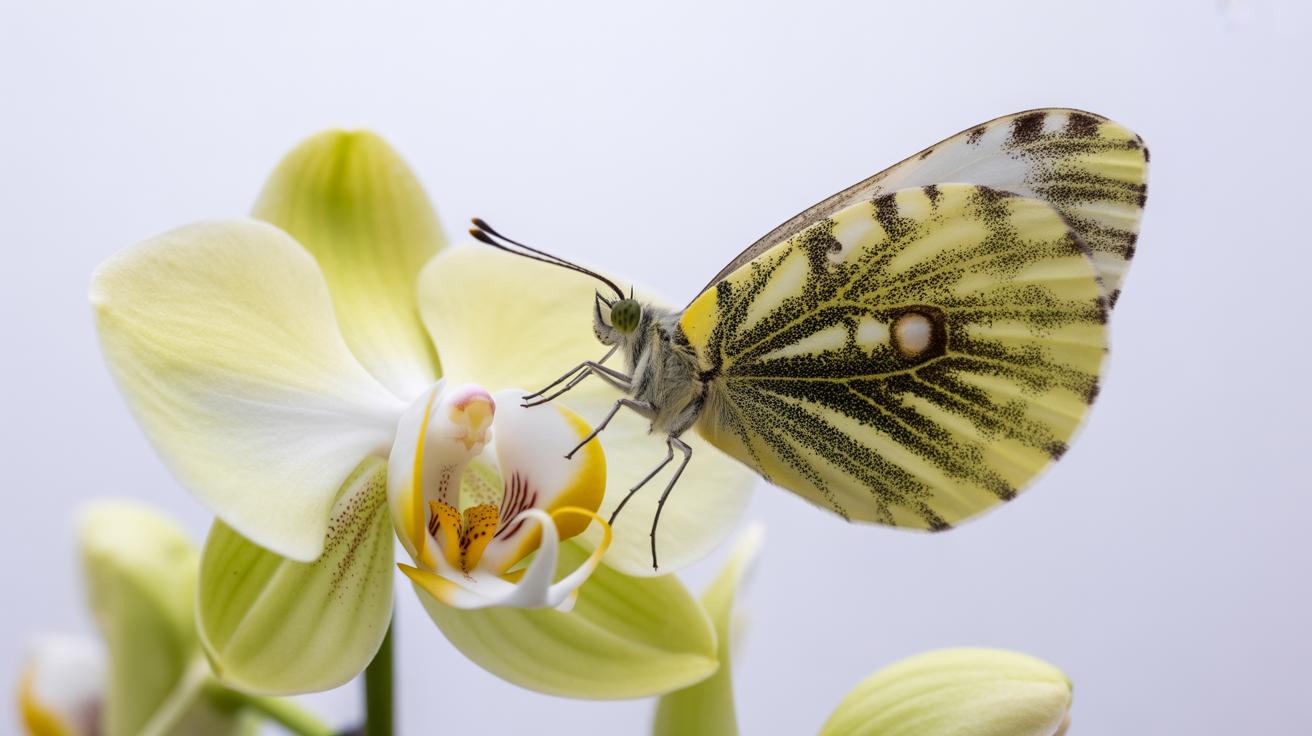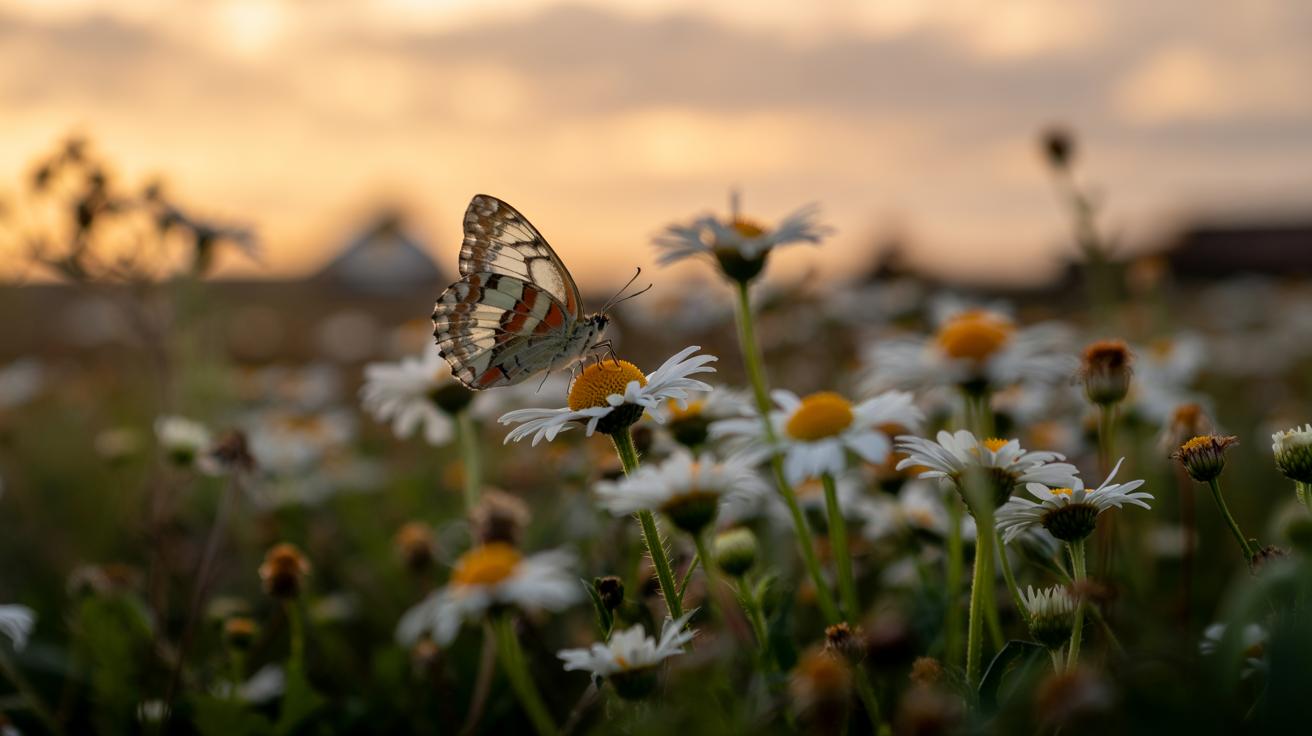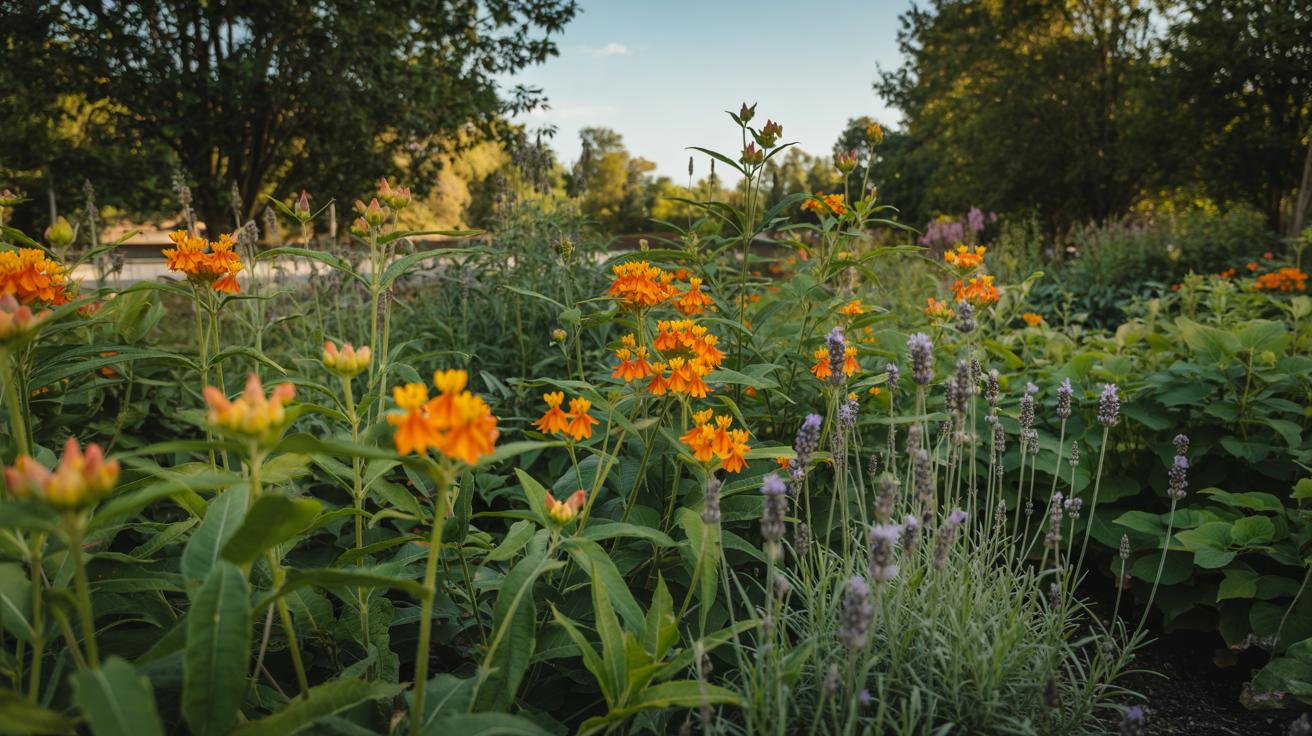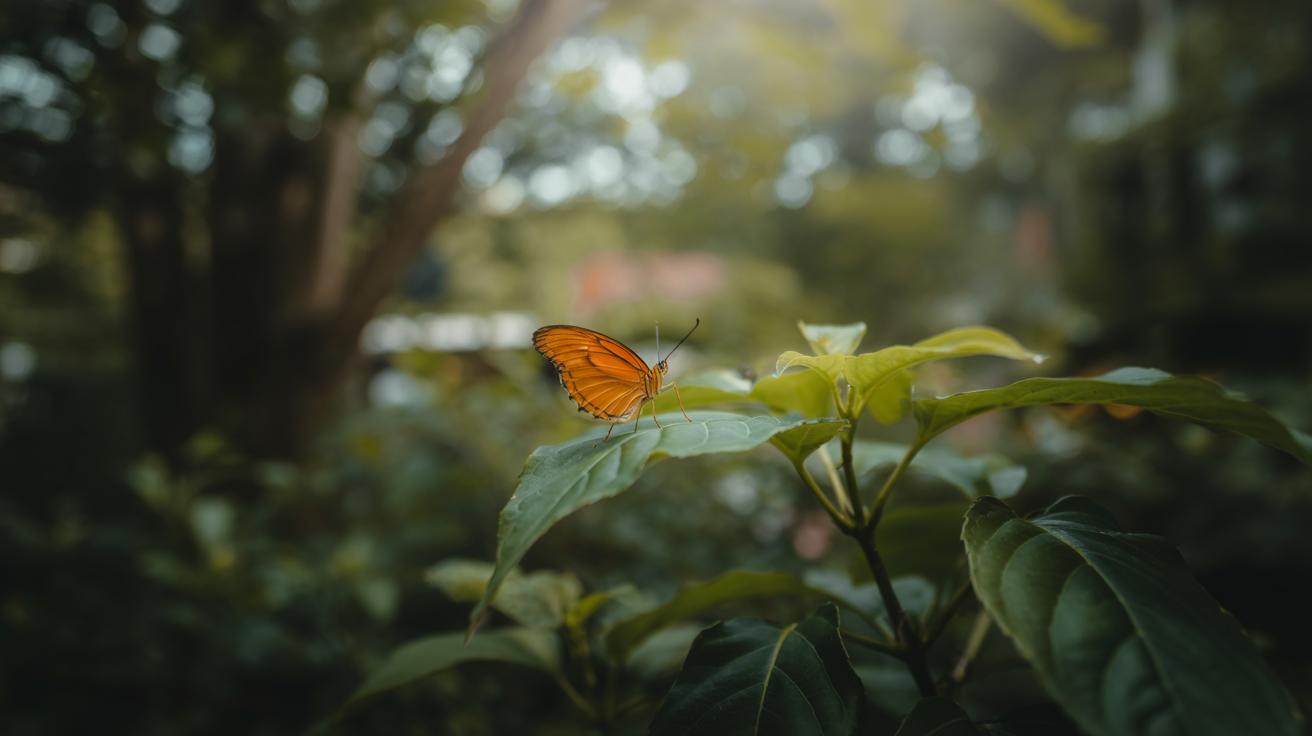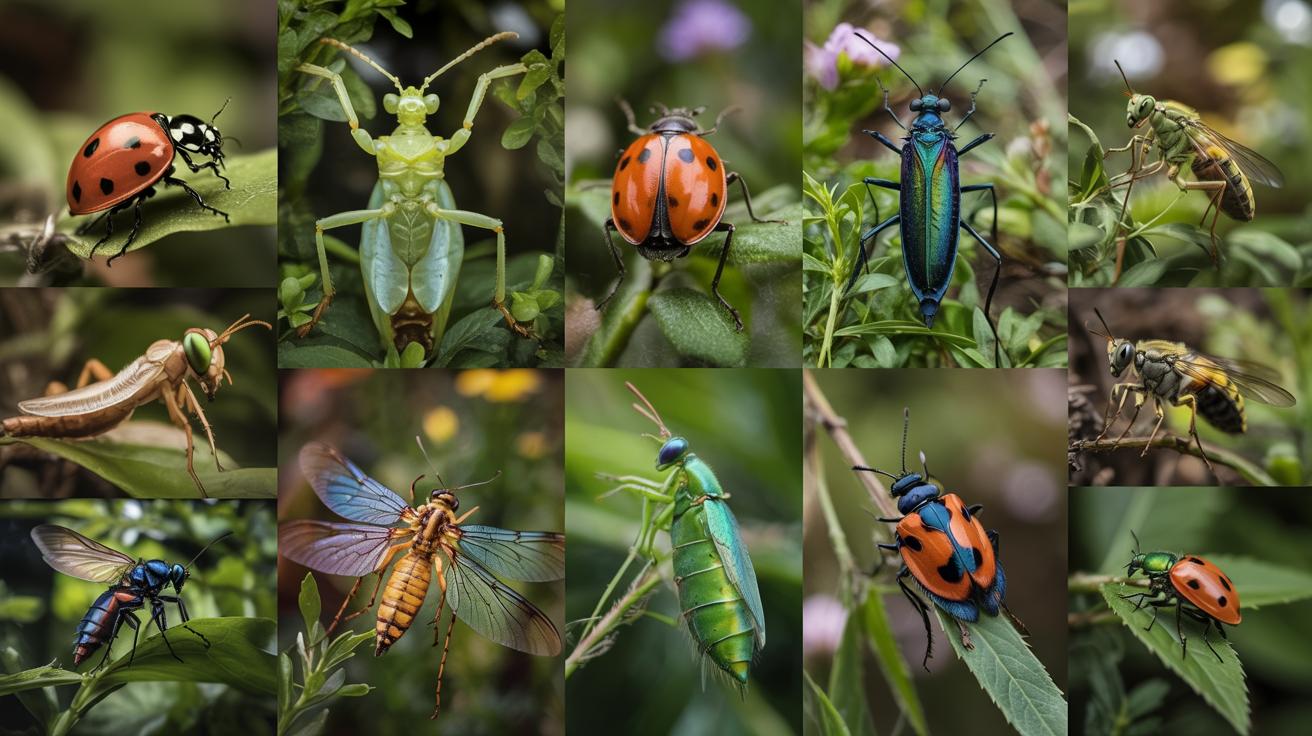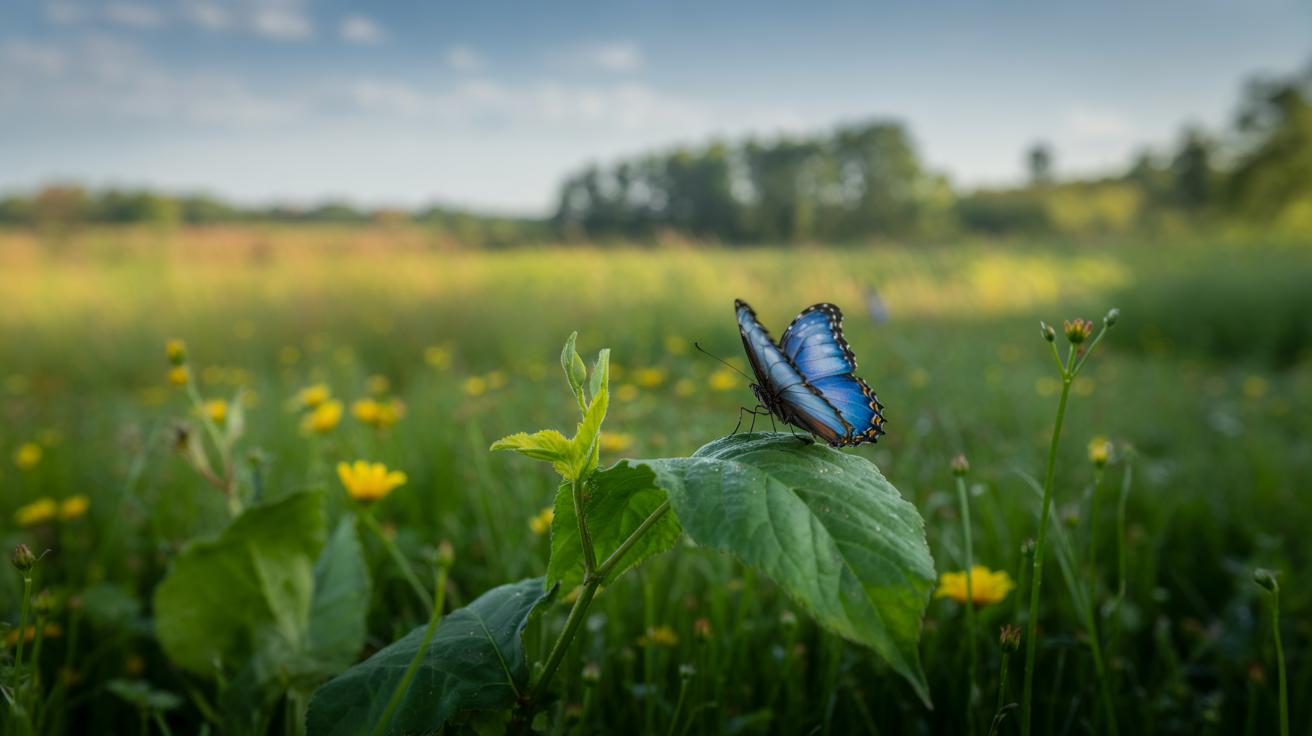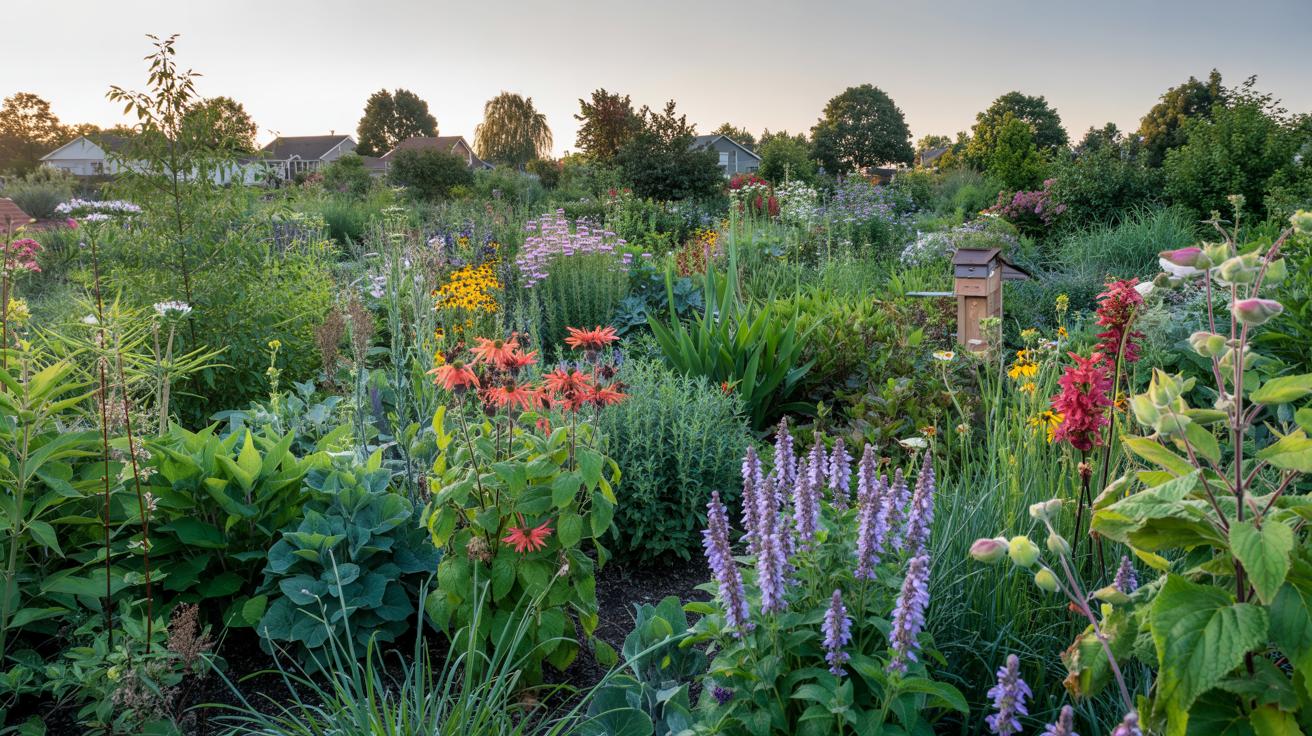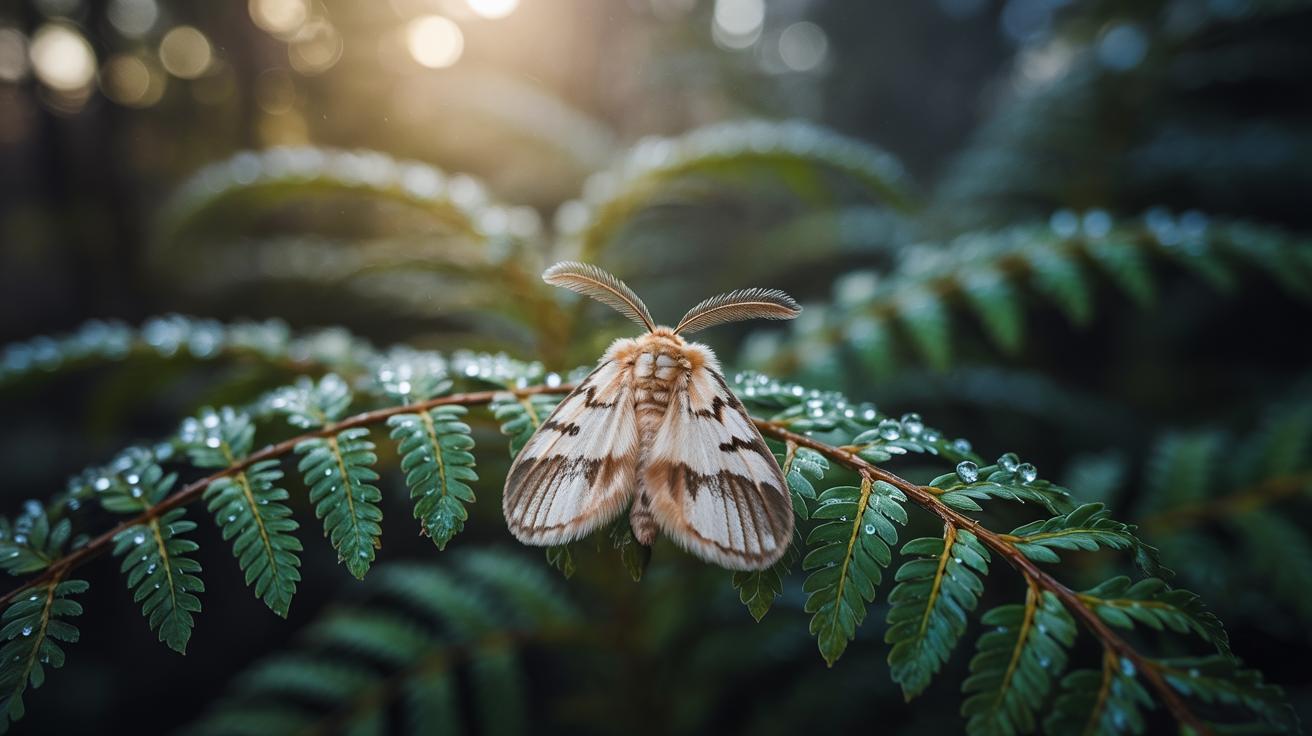Introduction
White butterflies belong to a group of insects that are part of the Pierinae subfamily. These butterflies are well known for their mostly white appearance with varying patterns of black or yellowish marks. One common species is Pieris rapae, also called the small white or cabbage white. This butterfly spreads across many parts of the world and adapts well to different environments. Understanding white butterflies helps you appreciate their role in nature and learn to identify them in your area.
White butterflies live in open spaces, gardens, and sometimes even small forest clearings. They have a fascinating life cycle that starts from eggs, moving on to caterpillars, then chrysalis, and finally adult butterflies. These insects are important to ecosystems as pollinators and indicators of healthy environments. This article provides practical insights into their physical traits, behavior, habitats, and how they interact with humans and the environment.
Introduction to White Butterfly Species
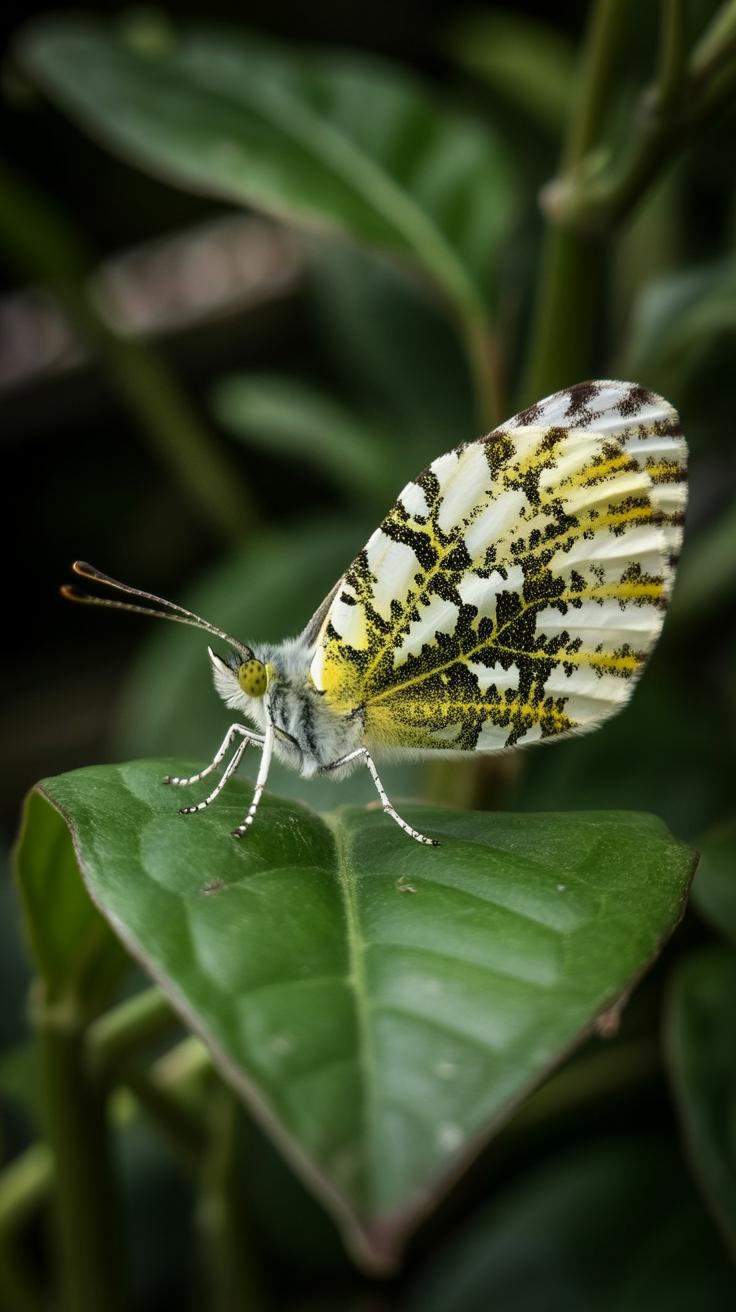
White butterflies belong to the Pierinae subfamily, a group within the larger family Pieridae. These butterflies are often called “whites” because of their mostly white wings. Some species in this group also have small black or yellow markings. Examples include the cabbage white and the great southern white.
White butterflies stand out with their simple but striking look. Their white wings help them blend into environments like open fields and gardens. Butterflies play a vital role in ecosystems. They act as pollinators and serve as food for other animals. Their presence can tell us a lot about the health of nature around you.
Have you noticed butterflies visiting flowers? Their quiet work supports plants and promotes biodiversity. Watching white butterflies might make you more aware of how nature connects all living things around you.
What Makes White Butterflies Unique
White butterflies catch your eye because of their clean white wings. Their wing color comes mostly from tiny scales that reflect sunlight evenly. Some species show delicate dark spots or veins that create subtle patterns.
The size of white butterflies differs between species but usually ranges between small to medium, about 1.5 to 2 inches across. This size makes them easy to spot while they flutter around plants. Their wing shapes are mostly rounded or slightly pointed, helping them glide smoothly in the air.
Notice how their colors seem plain at first, but closer viewing reveals careful details. These details might serve as camouflage or signals to other butterflies. You might ask, what advantages does such a simple color give them in nature? Observing these features helps you appreciate why these butterflies thrive in their habitats.
Why Study White Butterflies
Studying white butterflies offers insights into how ecosystems function. These species pollinate many wild and cultivated plants. Understanding their behaviors can improve gardening and farming methods, making your outdoor spaces more productive.
White butterflies also respond quickly to environmental changes. Tracking their populations can warn you about pollution or habitat loss. Their life cycles reveal the timing of seasons and plant growth in your region.
Have you ever thought about how human activity affects insects you rarely notice? Research on white butterflies connects you directly to nature’s shifts. Such knowledge can guide efforts to protect these insects and the plants they support.
Physical Features and Identification
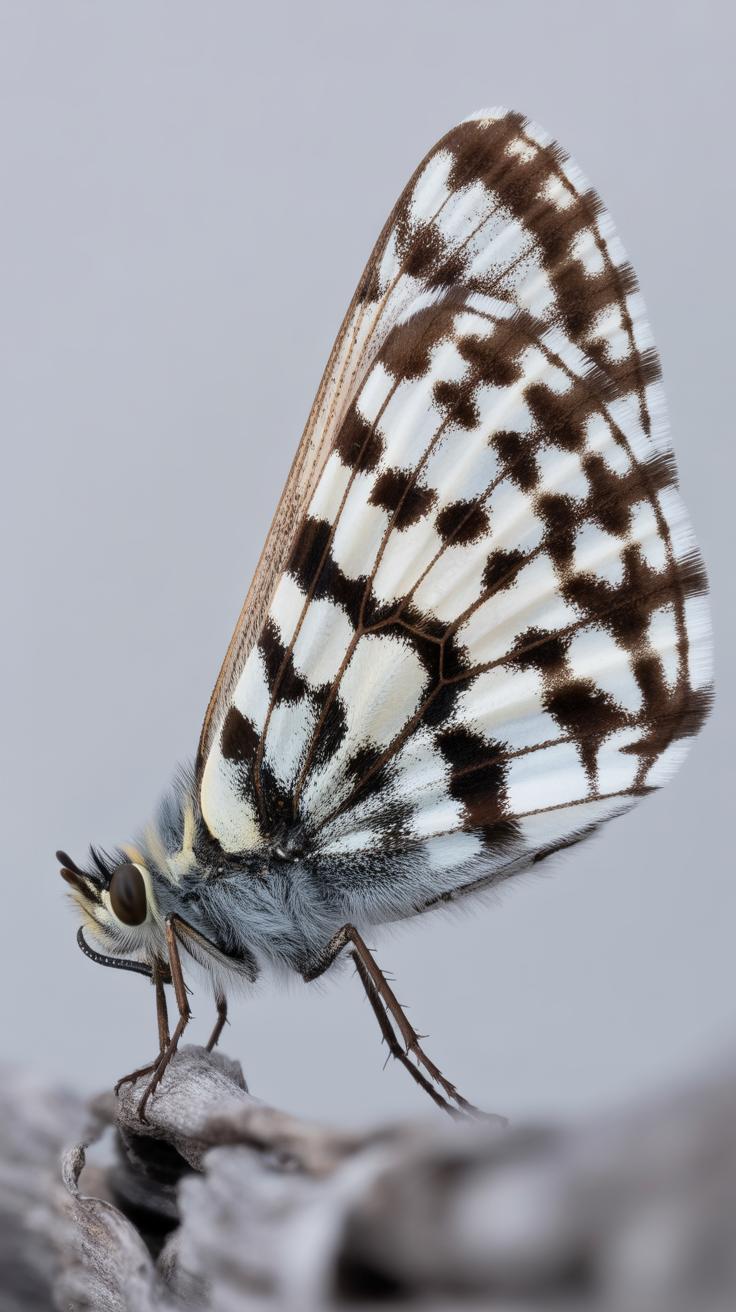
Pieris rapae, commonly known as the Small White, presents a handful of clear physical traits that help you recognize it in nature. Its wingspan ranges from 1.25 to 2 inches, making it a medium-sized butterfly. The wings appear mostly white but have subtle gray or pale green shading near the edges. Male Small Whites often display a single black spot on each forewing, while females carry two distinct spots.
Other white butterflies, like the Cabbage White or the Large White, share similar colors but often vary slightly in size and spot markings. Their body color usually matches the wings, keeping the butterfly’s look clean and simple. The veins on the wings can be faintly visible, adding texture to the otherwise smooth surface. When you watch closely, you’ll notice how light reflects off these wings, giving them a delicate sheen that helps them blend into the environment.
Wing Patterns and Colors
The shades of white on these butterflies range from bright white to soft cream. Wing edges hold slight color differences that assist with identification. Pieris rapae’s wings include small black tips, making the forewing tip stand out. Some white butterflies show more pronounced patterns, including faint gray or green patches.
Black spots vary across species. For example, female Small Whites have two black forewing spots, while males have just one. Look for these patterns when identifying in the field. The underside of the wings often shows yellowish or greenish hues, especially when the butterfly rests with wings closed. These subtle color shifts help butterflies remain camouflaged among leaves and flowers.
Differences Among Common White Species
Distinguishing between white butterflies such as the Small White, Large White, and Cabbage White centers on size and spot placement. The Large White typically has a larger wingspan, nearing 2.5 inches, with more prominent black edges on its forewings. The Small White is smaller and more delicate in proportion.
The Cabbage White, a widespread species, often confuses observers due to its resemblance to others but shows a unique pattern beneath its wings. Its underside has a yellow-green color, more visible in sunlight. Spot shape and number also provide clues. For example, the Large White’s female has two black spots per forewing, similar to the Small White, but larger and more defined.
When you encounter a white butterfly, ask yourself: Does it have one or two wing spots? Is it closer to 1.5 or 2.5 inches across? Are the wing edges marked with black? These details bring clarity and help you tell species apart without needing special equipment.
Natural Distribution and Habitat

Global Spread of White Butterflies
White butterflies, such as Pieris rapae, naturally occur across many parts of the world. You can find them in Europe, Asia, and North Africa. Over time, some species have expanded their ranges to North America and Australia. The movement often follows human activity, like the transport of crops where caterpillars feed.
How do you think these butterflies travel so far? Winds carry them during migration, and new habitats offer chances to settle. Their ability to adapt to different climates helps explain their broad presence. You might notice white butterflies in places you wouldn’t expect, showing their success at spreading beyond native areas.
Preferred Habitats and Environment
White butterflies thrive in a variety of habitats. You will see them in open fields and gardens where their host plants grow. They favor sunny spots with flowering plants that provide nectar. Rural farmlands often attract them since crops like cabbages supply food for caterpillars.
Urban areas also support white butterflies if there is enough green space, such as parks or community gardens. Human activity can create new opportunities for them, but they still rely on plant diversity and mild conditions.
What types of environments near you support these butterflies? By observing local habitats, you can learn where white butterflies prefer to live and how they might coexist with other wildlife around you.
Life Cycle and Development

White butterflies go through four key stages during their life cycle: egg, caterpillar, chrysalis, and adult. Each stage plays a critical role in their growth and survival. You might wonder how a tiny egg transforms into a delicate white butterfly.
The cycle begins when the female lays eggs on specific host plants. These eggs are usually small and round. After a few days, caterpillars hatch and immediately begin feeding. This early feeding is vital for their rapid growth. The caterpillars shed their skin multiple times as they expand, preparing for the next stage.
Next, the caterpillar forms a chrysalis or pupa. Inside this protective casing, the body undergoes a dramatic change. Over days or weeks, the adult butterfly develops. When ready, the adult butterfly breaks free, dries its wings, and starts its life in flight. Each phase ensures the species continues to thrive in its environment. Have you ever observed these stages in your local garden?
From Eggs to Caterpillars
Female white butterflies choose host plants carefully before laying eggs. These plants provide the necessary food for the soon-to-hatch caterpillars. Eggs often attach to leaves or stems, where they stay safe from predators and harsh weather.
Once the caterpillars hatch, they begin feeding on the plant’s leaves right away. This diet gives them energy to grow quickly. Caterpillars will eat almost nonstop during this stage. If you watch closely, you’ll see them molting their skin as they grow larger, usually four to five times.
Understanding which plants serve as food helps you find spots where white butterfly caterpillars thrive. This stage shapes the butterfly’s future health and chances of reaching adulthood. Can you spot caterpillars feeding on leaves during your next outdoor walk?
Pupal Stage and Adult Emergence
After reaching full size, a caterpillar forms a chrysalis or pupa. This stage might last from a week to several weeks, depending on the species and environment. Inside the chrysalis, the caterpillar breaks down and rebuilds into an adult butterfly’s body.
When transformation completes, the adult white butterfly emerges carefully from the chrysalis shell. At first, its wings are soft and wet. The butterfly pumps blood into the wings to spread and dry them. It takes some time to become strong enough for flight.
Once mature, the adult butterfly searches for mates and nectar sources. The chrysalis stage is a quiet but necessary pause before the butterfly begins its active life. Have you seen a butterfly drying its wings after emerging? It’s a delicate and fascinating moment to witness.
Behavior and Flight Patterns
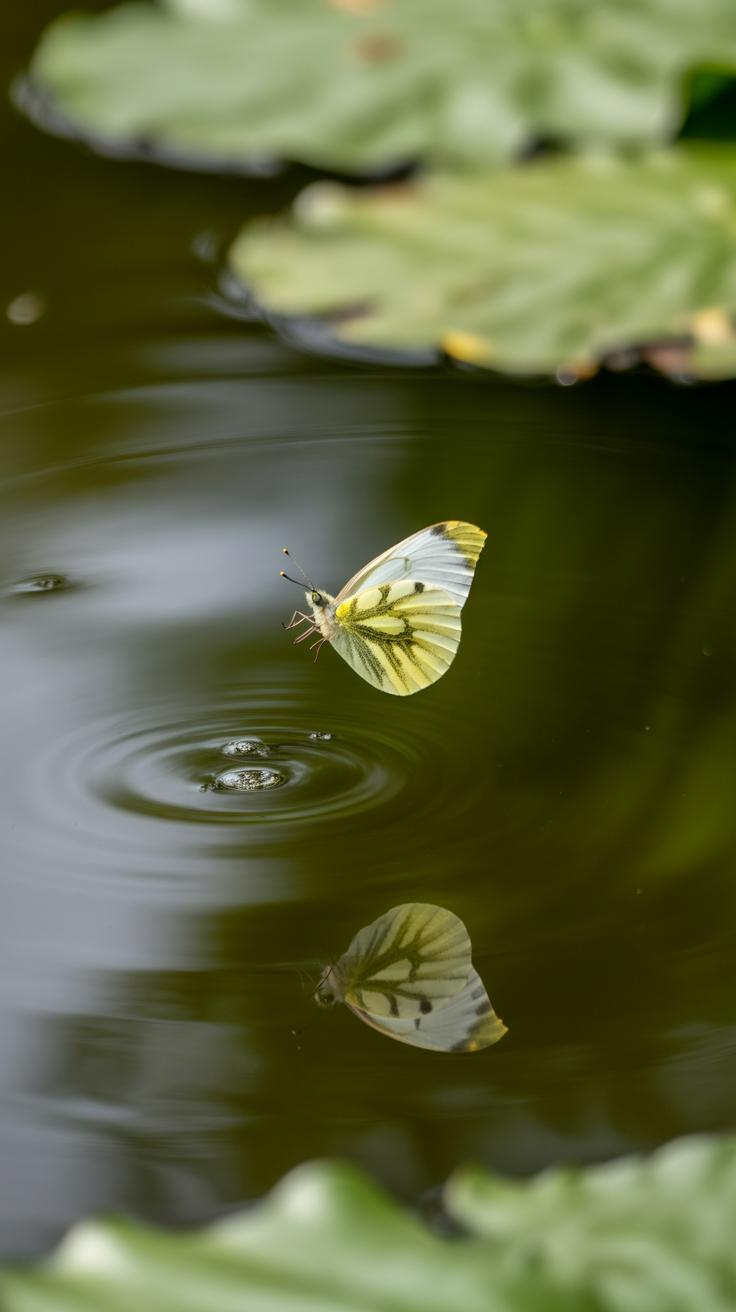
Flight Characteristics
White butterflies typically have a light, fluttering flight. Their wingbeats are quick but gentle, often around 3 to 5 beats per second. During warm daylight hours, they tend to fly in smooth, slow loops to conserve energy. Early morning and late afternoon bring more erratic and faster flight, as they respond to cooler temperatures or nearby threats.
You might notice how they often glide momentarily with wings fully open, catching sunlight to regulate body temperature. Their flight also changes when disturbed—they make sharp, zigzag movements to escape predators. This flight pattern helps them stay safe while moving between feeding spots or mates.
Feeding and Mating Habits
White butterflies primarily feed on nectar from various flowers like clover, mustard, and wild peppers. They prefer flowers with open shapes that let them easily reach nectar with their proboscis. If you study them closely, you will see them follow specific routes between favorite plants, almost like a daily ritual.
Mating starts with males patrolling territories where females often visit. Males use sight and smell to locate receptive females, sometimes performing gentle fluttering dances to attract attention. Once a mate is chosen, they quickly pair and remain close as they search for suitable egg-laying sites. Observing this behavior can help you understand how they balance survival with reproduction needs.
Role in Agriculture and Gardening
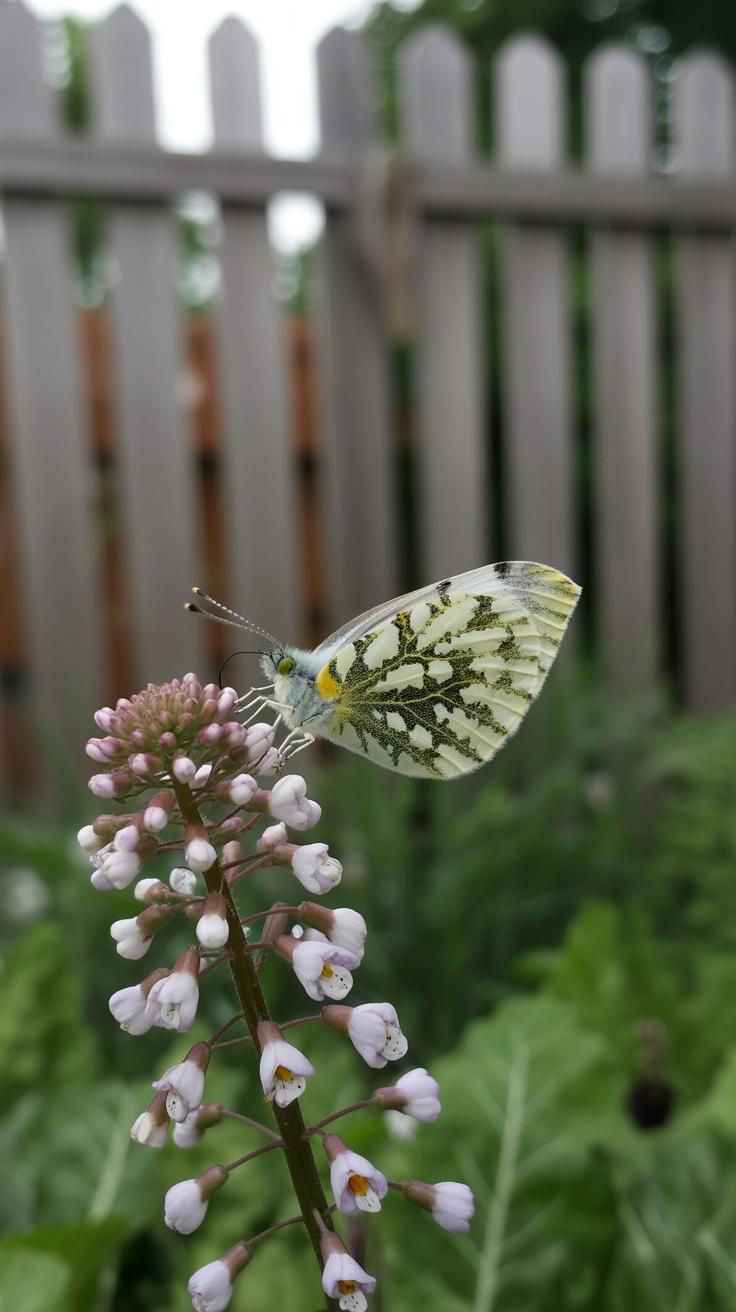
White butterflies play distinct roles in agriculture and gardening, acting both as helpers and troublemakers. Their flights from flower to flower help transfer pollen, supporting the growth of many plants. This activity enhances the biodiversity in your garden or farm by encouraging a variety of flowers and crops to thrive. Have you noticed white butterflies fluttering over your vegetable patch? They might be quietly helping with pollination.
However, their caterpillars can cause significant challenges. Some species lay eggs on cruciferous crops like cabbage, broccoli, and kale. The hatching larvae then feed heavily on leaves, which can reduce crop quality and yield. Controlling these caterpillars involves using natural predators such as ladybugs or implementing crop rotation to disrupt their life cycle. Would introducing these methods improve your garden’s health?
Interactions with Other Species
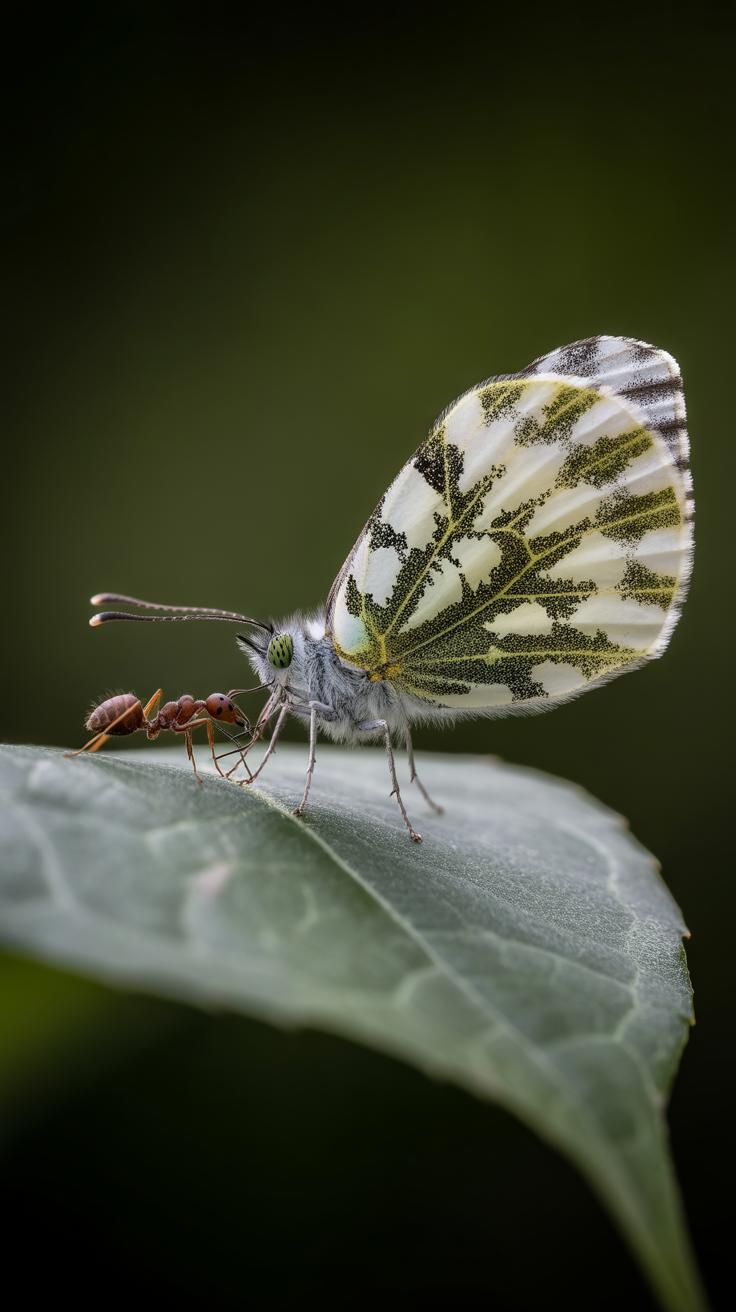
Predators and Threats
White butterflies face many natural dangers in their environment. Birds such as sparrows and swallows often catch them mid-flight. Some wasps and spiders also hunt white butterflies, especially during their larval and pupal stages. Caterpillars of white butterfly species are vulnerable to ants and beetles that feed on them. You might be surprised how quickly a butterfly can fall victim to a single predator. Their white coloring can make them stand out, increasing the risk from visual hunters. How do they survive despite these risks? White butterflies often use quick flight and camouflage to avoid being caught. Understanding these threats can help gardeners protect butterfly populations by creating safer habitats.
Mutualism and Cooperation
White butterflies form helpful partnerships with some plants and insects. Many white butterfly species pollinate flowers while feeding on nectar. This benefits the plants and provides nutrition for the butterflies. Certain ants protect white butterfly caterpillars in exchange for sugary secretions the larvae produce. This cooperation reduces caterpillar attacks by other predators. You might notice ants near clusters of butterfly larvae if you watch closely. These relationships show how species can depend on each other to survive. What other hidden connections might exist around you? Encouraging these mutualistic bonds in your local environment can support healthy butterfly communities and balanced ecosystems.
Conservation Status and Environmental Indicators
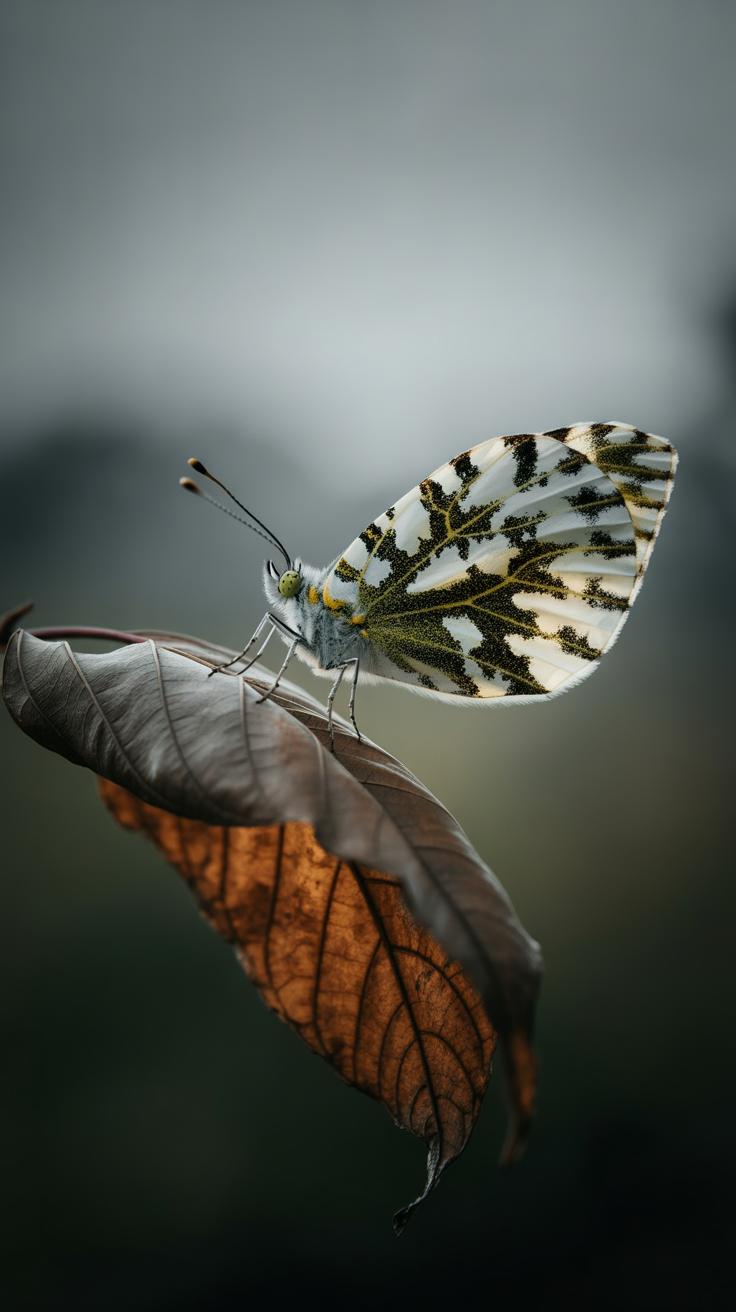
Are White Butterflies Threatened?
Many white butterfly species face population changes due to habitat loss, climate shifts, and pollution. Some, like the Pieris rapae, remain widespread and stable, but others show worrying declines. For example, the Bath White butterfly has seen shrinking numbers in parts of Europe. You might ask why this happens. Often, it relates to loss of their host plants or changes in land use.
When you notice fewer white butterflies in your area, it could mean something is off with the local environment. Conservation efforts target protecting habitats, planting native flowers, and controlling pesticide use. Knowing which white species are under pressure helps focus these actions where they matter most.
Using Butterflies to Gauge Habitat Quality
White butterflies serve as clear signs of ecosystem health. Their presence often means native plants thrive and pollution remains low. For example, in a healthy meadow, you will spot several white species fluttering around with ease. In contrast, their absence may suggest habitat disturbance or chemical contamination.
Tracking white butterfly numbers over time helps you understand changes in the local environment. If populations drop suddenly, it might indicate a harmful shift before more obvious problems arise. When you observe such changes, consider what might have altered nearby habitats: new construction, pesticide use, or invasive plants.
Using white butterflies as natural indicators lets you connect with the environment on a deeper level. Their fragile presence reminds you that small actions, like planting native flowers or reducing lawn chemicals, can improve habitat quality and protect biodiversity.
How to Observe and Identify White Butterflies
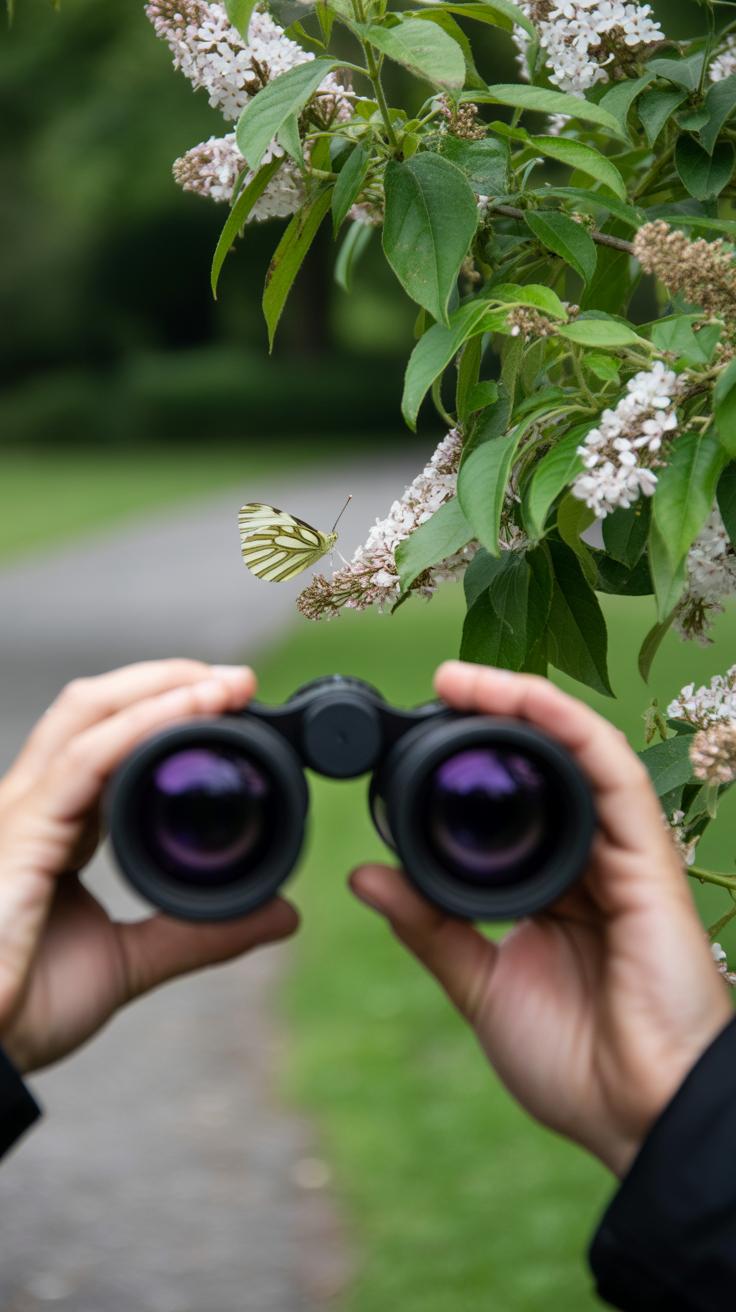
Best Times and Places for Observation
White butterflies are most active during warm, sunny days. You have the best chance to see them between late morning and early afternoon when the temperature rises. Look for them in open fields, meadows, and gardens where wildflowers bloom. These spots provide food sources and resting places. Wooded edges near clearings are also good locations. Some species prefer wetlands or grassy slopes, so try different environments. Early spring and late summer often yield the highest butterfly activity. Visit the same place repeatedly to understand their habits. You may notice peaks on calm days with little wind. Ask yourself, where have you seen signs of fresh flowers or sunlight filtering through trees? These clues help find your next sighting.
Identification Tips for Beginners
White butterflies usually have smooth, pale wings, but they can differ in shape and markings. Examine wing shape closely: some have rounded tips, others are more pointed. Spot small dots or lines on their wings to narrow down the species. For example, the Cabbage White often shows distinct black spots on the upper wings. Notice how the butterfly moves—slow, fluttery flight can indicate certain types. Use a field guide or app with butterfly images to compare colors and patterns. Pay attention to size too; some white butterflies are small, while others are larger. Can you spot subtle differences in shade or wing edges? Practicing this sharpens your observation skills and helps avoid mix-ups with moths or other insects.
Protecting White Butterflies and Their Habitat
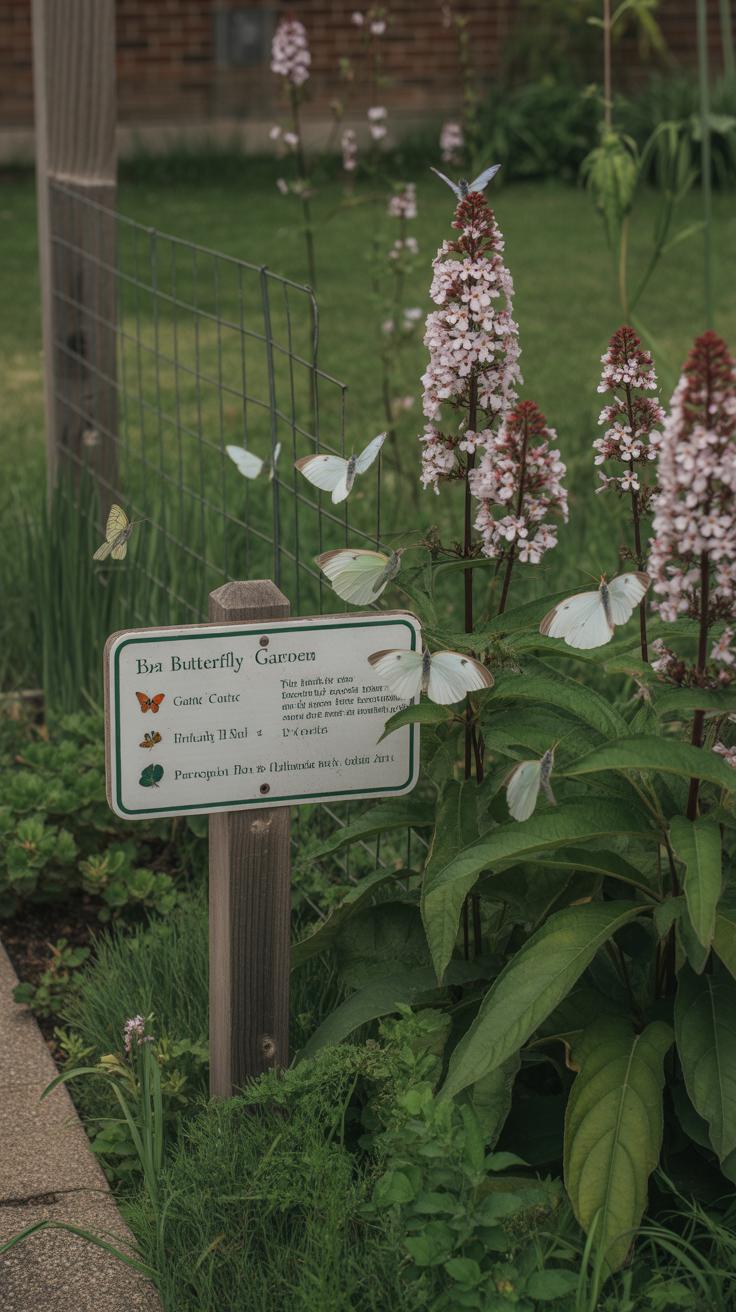
You can help protect white butterflies by caring for their homes. These butterflies need specific plants for food and places to lay eggs. When natural areas disappear, white butterflies struggle to survive. Planting native flowers in your garden creates spaces where butterflies can feed and rest. Choose nectar-rich plants like wild mustard, clover, or milkweed to attract white butterflies. Avoid using pesticides, which harm butterflies and other pollinators.
Protecting natural habitats is another way to support white butterflies. Preserving meadows, fields, and forest edges keeps their environment safe. Visiting local parks or reserves gives you a chance to appreciate these delicate insects. When possible, support land conservation groups working to save butterfly habitats. What small change could you make today to protect these fragile creatures?
Gardening and Habitat Preservation
Creating a butterfly-friendly garden starts with the right plants. Use native species that white butterflies rely on for food and reproduction. Plant a mix of host plants for caterpillars and flowering plants for adults. For example, garlic mustard supports caterpillars, while daisies provide nectar. Group plants close together to help butterflies move easily. Leave some patches of bare soil where butterflies can warm themselves on sunny days.
Water sources like shallow dishes or damp sand are helpful for butterflies. Minimize lawn areas and replace them with wildflower patches. Avoid chemicals that harm insects. Your garden can become a small sanctuary supporting white butterflies year-round. How might your gardening choices improve the local butterfly community?
Community and Educational Initiatives
Joining local conservation projects helps spread awareness about white butterflies. Volunteer with neighborhood groups to plant butterfly gardens or restore natural spaces. Schools and libraries often offer workshops on butterfly biology and habitat needs. Sharing what you learn encourages others to protect these insects. Hosting or attending butterfly counts can track population health over time.
Talking to friends and neighbors about butterfly conservation can inspire community action. Citizen science projects allow you to record observations of white butterflies, helping scientists monitor their status. What effort could you participate in this season to support butterfly conservation in your area?
Conclusions
You now have a clearer view of the white butterfly species, their distinct features, and where they flourish. These butterflies show how even common insects have unique traits and interesting habits. Watching white butterflies can highlight changes in your local environment and encourage you to protect natural spaces. Because they are found in many places, they offer a good example of how species adapt and survive worldwide.
White butterflies also affect agriculture and gardening. Knowing about their life cycle and habits helps you manage crops and plants more wisely. You can enjoy them as part of your garden’s natural beauty while being aware of their impact. Keeping a balance between appreciating these butterflies and managing their presence in farming benefits both nature and people.


